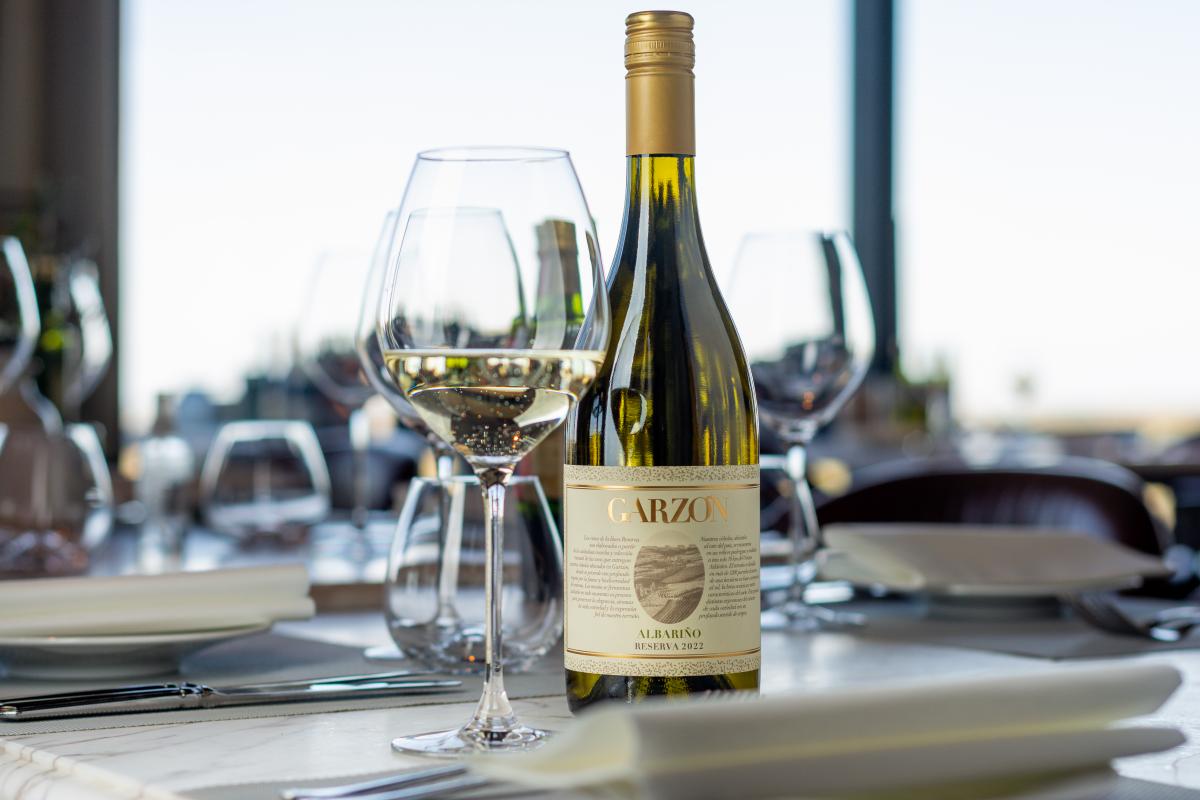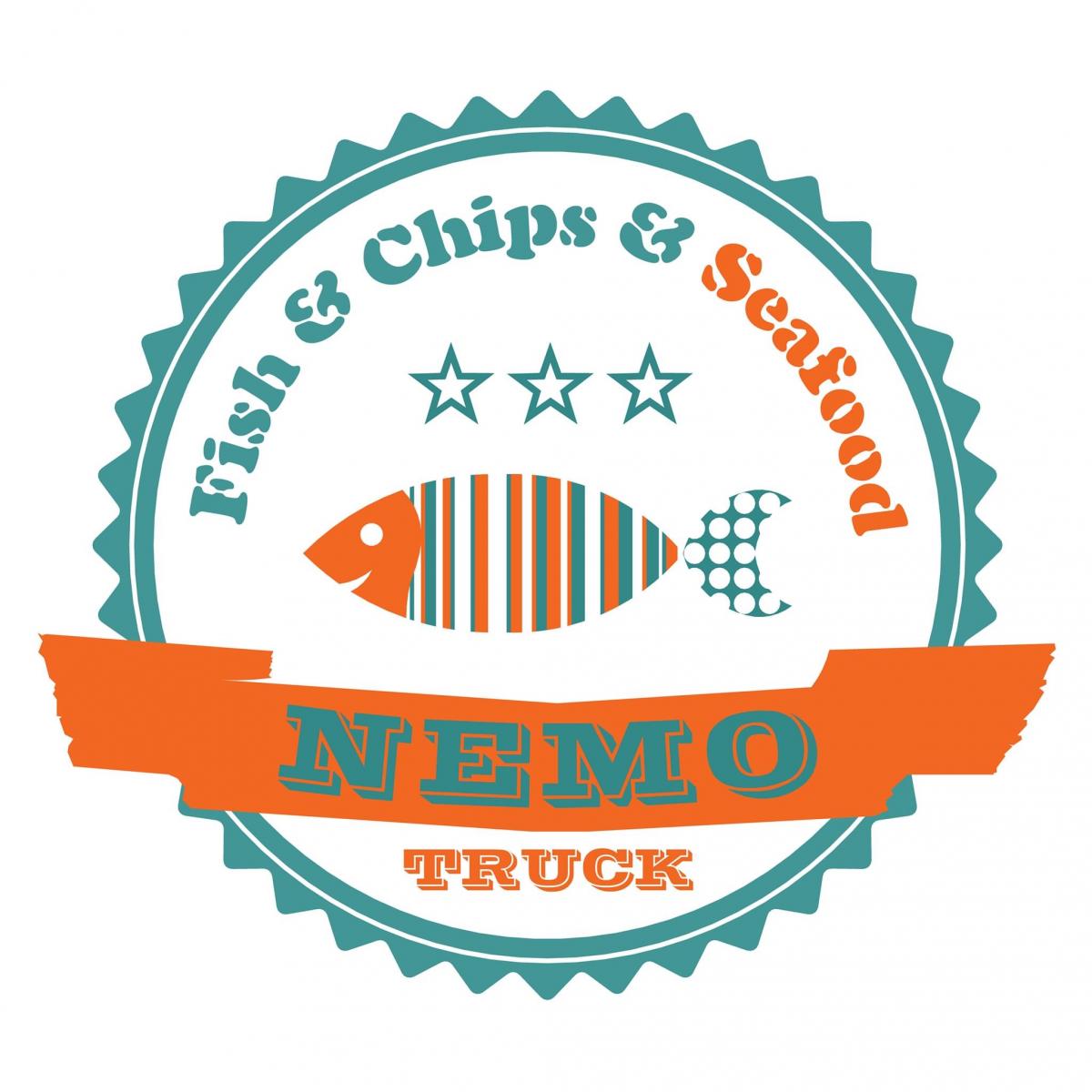At this year's Budapest Wine Festival, the guest will be South America: visitors can enjoy wines of 12 wineries from four different countries. If you like French red wines, come and try a Cabernet Sauvignon, Merlot or Pinot Noir with a Latin twist! If you want to dive headfirst into the culture of a faraway continent, taste a Malbec from the Andes or a Tannat from the Atlantic coast. And if you’re more of a white wine enthusiast, don’t worry, you can enjoy fresh and fruity Sauvignon Blancs, Chardonnays and Pinot Grigios, and some rarer but more special varieties.
But how did all these French varieties end up in South America? Did the locals want to copy one of Europe's most famous wine-producing countries? The answer is much more simple: the French colonists brought these varieties with themselves. Quite ironically, some varieties now thrive better here due to the climate provided by the Andes and the oceans. This is how one of the oldest French grapes, Carmenère, became Chile's signature variety. Likewise, the Spanish probably regret planting the first Malbec vines in Argentina, after this vibrant, fruity wine became world renowned.
Participating wineries:
Bodegas Salentein
Mendoza, Valle de Uco, Argentina
Bodegas Salentein is a prominent name in the Argentine wine world. The goal of the winery is to produce premium wines, in harmony with the land they come from. Salentein respects nature and so the characteristics of the region are perfectly reflected in their wines.
Achaval Ferrer
Mendoza, Argentina
"We protect our vineyards, respect our land, because it is thanks to the vine that we can keep making better and better wines."
Achaval Ferrer’s vineyards are located in the heart of Argentina, along the Mendoza River and are the guardians of a true heritage. Their philosophy, respecting the terroir and minimising interventions is the key to preserving the value and character of the over 113-year-old vines.
Bodegas Callia
San Juan, Valle Tulum, Argentina
The "little brother" of the famous Salentein winery, Callia aims to turn the region into a world-class wine producing area. Year-round sun, gentle, dry wind, a wide variety of sedimentary soils and abundant, fresh mountain water present the ideal climatic conditions for the vineyards here. To the delight of wine lovers, the diverse structure of the vineyards gives the opportunity to produce wines with different characteristics in the same area.
Bodega Colomé
Salta, Valles Calchaquíes, Argentina
Argentina's oldest winery, founded in 1831, focuses on the production of high altitude wines. The winery is named after Argentina’s oldest, continuously producing vineyard, Colomé, which lies at an altitude of 2,300 metres. They strive to create wines that reflect the unique characteristics of the area.
Amalaya
Salta, Valles Calchaquíes, Argentina
In the northern part of Argentina, it is not uncommon to see vines at altitudes of up to 3000 metres. In the indigenous language of the region the word 'amalaya' means hope for a miracle. It’s a fitting description for Amalaya wines, as each bottle is a liquid miracle.
Portillo
Mendoza, Valle de Uco, Argentina
Portillo is the oldest and largest wine estate in the Uco Valley. They produce high quality, easy-to-drink, fresh and fruity wines at an altitude of 1200 metres above sea level.
Vina Errazuriz
Valle de Aconcagua, Chile
Don Maximiano Errazuriz founded the winery in 1870 with the vision of producing premium quality wines. Today, his vision is continued by his successor, Eduardo Chadwick. The winery’s mission for the past 150 years, to establish Chile as a world-class wine producer, seems to be coming true. The excellence of their wines has been recognised by the greatest international critics.

Antiyal
Maipo, Valle del Maipo, Chile
„We see the Earth as a living entity and, to keep it fertile, we must keep it alive.”
Antiyal, or the son of the Sun, is Chile's first biodynamic winery. Alvaro Espinoza follows a holistic approach to promote the terroir of Chile’s Maipo Valley. His work is regarded pioneering among the locals and has led to a shift in Chilean viticulture towards sustainability.
Caliterra Winery
Valle de Colchagua, Chile
Caliterra, derived from "La Calidad de la Tirrá", meaning the quality of the land, refers to the winery's philosophy. It was established in 1996 as a partnership between the Mondavi family and Viña Errazuriz. They sought to realize their shared dream of producing high quality wines that reflect the whole potential of Chilean nature, terroir and richness of fruits.
Arboleda
Valle de Aconcagua, Chile
Viña Arboleda was founded in 1999 by Chilean winemaker Eduardo Chadwick with the aim of introducing consumers through its wines to the diversity of the Aconcagua Valley's unique terroirs and vineyards.
Vinícola Família Geisse
Vinhos de Montanha, Brazil
Chilean winemaker, Mario Geisse's love for wine began in his childhood and its this love that turned Brazilian cava into a global sensation under the Família Geisse name. Pinot noir and Chardonnay are his two favourites, and his goal is to produce exceptional quality cavas.
Bodega Garzón
Garzón, Uruguay
Located between Brazil and Argentina, Uruguay stands as one of the most prominent countries in the Latin American winegrowing world. Its location in a temperate climate zone favours growing grapevines throughout its territory. Home to Garzón winery, the area’s proximity to the Atlantic coast creates a unique microclimate.

Exploring the flavours of South America at the Budapest Wine Festival
The cuisine of Latin America can be anything from delicious seafood dishes to exotically seasoned meats with potatoes. But to what do we owe this variety of flavours? The answer lies in the continent's diverse population. African, Spanish, Italian and Oriental groups have shaped the culture and thus the gastronomy of the region. Visitors get a chance to discover the cuisine of the guest of honour at NEMO Restaurant and Smokey Monkies BBQ.

NEMO Restaurant
NEMO Restaurant is preparing four traditional South American dishes for the Wine Festival.
Choritos are a species of blue mussels native to South America, usually served with a variety of side dishes. Our guests can try two different types.
Menu:
- Choritos cooked in white wine
- Choritos con arroz (with rice)
Another classic of Latin American cuisine is ceviche, or cebiche, a dish made from fresh raw fish, seasoned with ají (chilli pepper) and served in citrus leaves. Popular in Ecuador and Chile, ceviche is part of Peru's national heritage: 28 June is International Ceviche Day.
Menu:
- Salmon ceviche with fresh lime and vegetable stew
For those who prefer more traditional, continental cuisine NEMO Restaurant offers pescado frito, or fried fish, served with fries and a variety of sauces.
Menu:
- Pescado frito

Smokey Monkies BBQ
The name Smokey Monkies BBQ may ring a bell for those who visited the Wine Festival in previous years. Along their popular classics, they will offer some special sandwiches with a Latin American twist.
Menu:
- BBQ sandwich
- Chilean white sausage sandwich with chimichurri
- Argentinian beef sandwich



